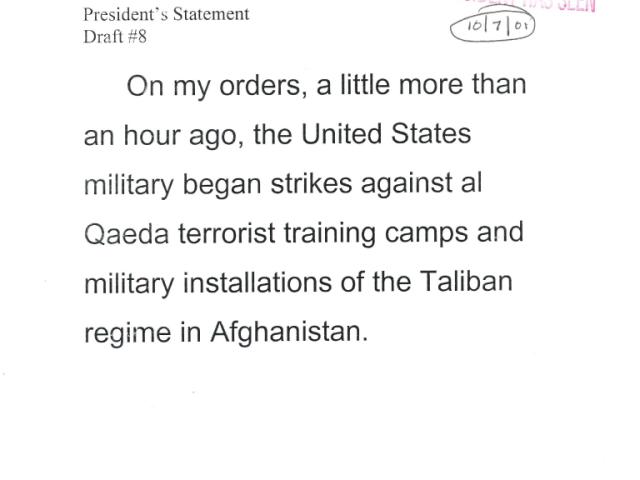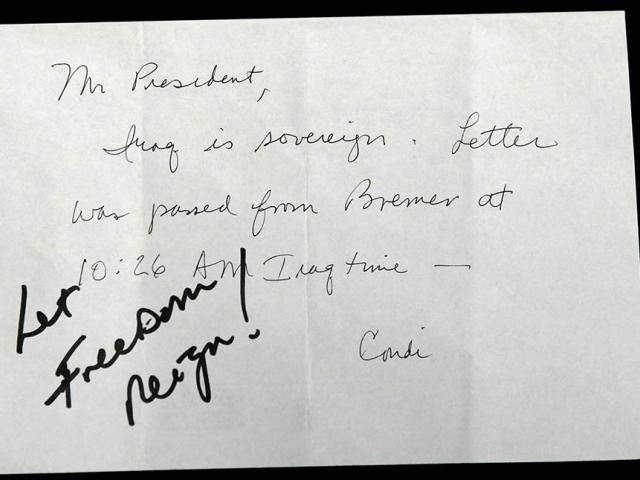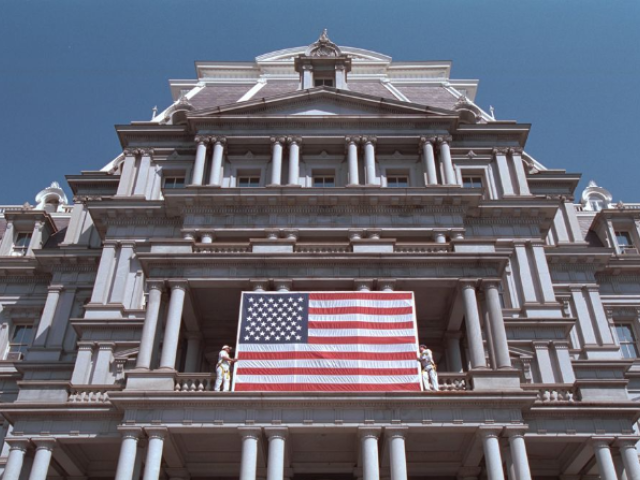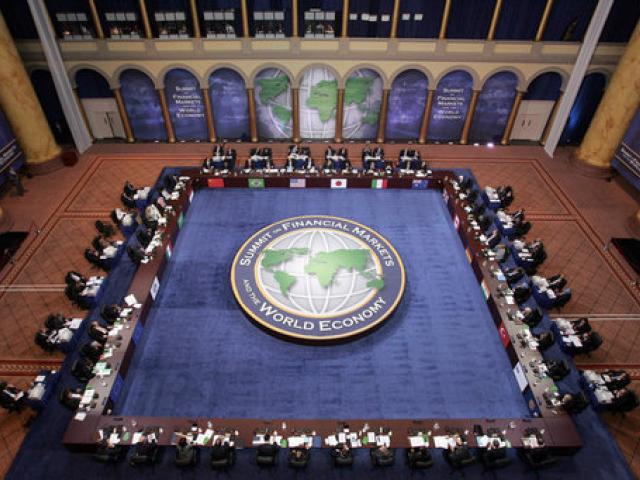Discover More Topic Guides

Health

Environment

The War In Afghanistan

The Iraq War

Executive Office of the President

The Research Room will be closed on Wednesday, December 24; Thursday, December 25; and Friday, December 26, 2025.
The Research Room will close at 1:00 p.m. on Wednesday, December 31, 2025. Those wanting to do research on that Wednesday or Friday, January 2, 2026 must have their appointments scheduled by Tuesday, December 30, 2025 at 3:00 p.m. All virtual orientations and researcher paperwork must be completed as well.
For a guide of the archival records that are open for research, please download the Archival Research Guide:
Today we complete a process set forth in Article II of the Constitution, which provides that the President shall nominate, and by and with the advice and consent of the Senate, shall appoint the judges of the Supreme Court. The nomination power is one of the most serious responsibilities of a President. When a President chooses a Supreme Court justice he is placing in human hands the full authority and majesty of the law.
--President George W. Bush, September 29, 2005
Every President nominates federal judges and numerous positions in cabinet level departments, independent agencies, the military, the Foreign Service, and the uniformed civilian services. The President also nominates all United States attorneys and United States Marshals.
According to a report from the United States Senate, “In recent years, more than 300 positions in 14 cabinet agencies and more than 100 positions in independent and other agencies have been subject to presidential appointment. Approximately 4,000 civilian and 65,000 military nominations are submitted to the Senate during each two-year session of Congress.”
The majority of these routine nominations are swiftly confirmed by the Senate, but occasionally nominees withdraw their nominations or the Senate rejects their appointment.
The White House Office of Presidential Personnel is important to this process by soliciting, receiving, and responding to applications, communicating with various agencies and job candidates, and completing administrative work related to submitting the nomination to the Senate. During the George W. Bush Administration, the White House Counsel’s Office was also heavily involved with the nominations process, particularly for judicial nominees. White House staff had regular meetings with President Bush where candidates were presented and discussed.
Notably, President Bush nominated three people to serve as Justices on the United States Supreme Court. President Bush nominated Judge John G. Roberts on July 19, 2005. He was originally nominated to serve as an Associate Justice, replacing retiring Justice Sandra Day O'Connor. However, his nomination was later modified to Chief Justice after the death of Justice William Rehnquist. Justice Roberts was confirmed on September 22, 2005, and sworn in on September 29, 2005. On October 3, 2005, President Bush nominated White House Counsel Harriet Miers, but she withdrew her name from consideration later that same month. Finally, President Bush nominated Judge Samuel A. Alito, Jr. on October 31, 2005. Justice Alito was confirmed by the Senate on January 30, 2006 and sworn in on February 1, 2006.
For more information on the nominations process throughout history, view the report Nominations: A Historical Overview from the United States Senate.
Also, visit the Archived White House website Bush Administration Nominations By Name section for a listing of President Bush's nominations.
Additional photo essays, Presidential Messages and Statements, press releases, and more from 2001 - 2009 are available through the Archived White House Website.





